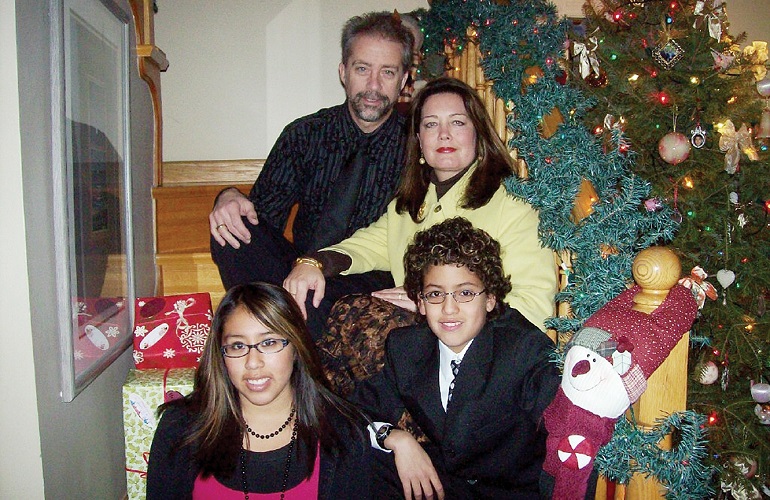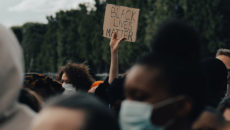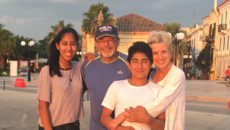Kahleah, 17, and Tristan, almost 14, were adopted as infants from Guatemala and Colombia, respectively. From an early age, my children taught me the importance of “identity.” It was clear that, as transracial, international adoptees, they needed to know where they belonged, and where they came from. From the first time they truly understood that they were born in countries other than Canada, where we live, Kahleah and Tristan would ask when we were going to travel to their birth countries.
Kahleah was more than ready to visit Guatemala, her birth country, when she was 12. She told me at the time that she could “feel Guatemala in my blood.” We traveled to her birth country that year, and she has returned every summer since. She feels very much at home with her loving foster family there, who give her a true sense of middle-class life in Guatemala.
The reality of Kahleah’s birth family is different, however. Though our families have never met, we know that theirs is a life of extreme poverty. Kahleah has seen such poverty firsthand, through her volunteer work in Guatemala; and these experiences have given her an appreciation of the culture, beauty, strength, and courage of her people.
Kahleah has told me she feels at home in both worlds. She dreams of someday spending six months a year in Guatemala and the other six in Canada. But my daughter has also spoken of feeling like “two people.” She is Kahleah Guibault, the Canadian high school, honor-roll studenta girl with money in the bank, her own room, and everything she needs. She is also Maria de Lourdes—a very smart girl who would have suffered from poverty in her homeland, lacked medical care, and never gone to school. In her soul, she is “Kahleah Maria de Lourdes,” the names both of her mothers gave her.
Then there is Tristan, an adoptee who “has always known.” His adoption was opened when he was a toddler. Tristan has always been aware of his story (age appropriately) and, more important, whom he looks like. But that’s not to say he hasn’t had struggles. At age six, before he was diagnosed with dyslexia, Tristan said, “I hate Colombia! Colombia made me brown, and brown made me stupid!” He was having a hard time at school. Looking around, he saw that he was the only child of color in his class, the only adoptee, and he could not keep up academically. But a proper diagnosis of his learning disability—and a trip to Colombia at age 10—made all the difference in the world!
Tristan is a visual and experiential learner. He needs to see and feel in order to truly understand. Seeing where (and whom) he comes from helps him to understand where he belongs and why. As Tristan says, “It is important for me to know who my birth family is. If I didn’t, I wouldn’t know if they were dead or alive. I wouldn’t know who I look like, and having that knowledge is almost like having a twin. I look like my birth mother and everyone else in my birth family, especially my brother. He is sporty and strong like me. He has the same eyes and hair. He is very handsome. He also has dyslexia, just like me.”
[“Our Canadian-Colombian Family Reunion”]
Kahleah and Tristan are teens today, at an age when many adoptees question their identity. But my children have a great sense of who they are, thanks, in part, to their journeys. In their minds, they are proud Latin-American-Canadians, with strong and loving connections to both their countries of birth and adoption.



